When deciding what type of flooring to use for your renovation, there are several important factors to consider. Should you install new flooring or keep the old one and refurbish it? Beyond this decision, other factors like moisture levels, durability, whether it needs to be pet friendly, and level of maintenance can determine what flooring is best for the rooms in your home.
Before you pick new flooring, contemplate these factors by creating a list of your preferences. Below is some information about concrete flooring or any other flooring options to help you weigh out your decision.
1. Hardwood
Your flooring company can steer you in the right direction by introducing you to all the possibilities. The first material they might recommend is hardwood.
Hardwood floors are durable and easy to clean. A drawback is untreated hardwood can become easily scratched or scuffed. Fortunately, you can send them out to repair any damage caused to the surface. Hardwood can also add value to your home with its multitude of design options.
These are the two different types of hardwood: solid and engineered.
Solid hardwood is great if you want a polished look that brings the whole room together. The brown tones add warmth to any area of your home. As a single plank of thick wood, the floor has fewer layers but retains durability.
Engineered hardwood is authentic wood. The top is a hardwood veneer covering a core of plywood. This dual-construction creates stronger bonds between the wooden layers for extra durability that prevent the chances of buckling with temperature changes.
2. Carpet
There are various carpet options that offer slight variances depending on your priority of practicality versus luxury. Foot traffic is one central element to focus on when considering where you would like to install carpet.
If you live in a climate with harsher winters, consider installing carpet in your most occupied rooms. The added insulation will keep you warmer during the winter months. The floor will also be safer because it offers a non-slip surface ideal for children or anyone with limited mobility because of its shock absorbency.
Messes may be harder to clean up if they have gone unnoticed long enough to settle. Luckily, there are many effective methods to get even the toughest stains out of the carpet in a matter of minutes. Get a carpet for outdoors as well, they prove to be quite effective.
3. Vinyl
Vinyl flooring offers an elegant shine to any room and comes with many pros and cons. Most prevalent in commercial buildings, wax-free vinyl is recommended for low traffic and low moisture environments but is also the best option if you want low-maintenance flooring.
Vinyl tiles with a urethane finish are better suited for high-moisture environments. Both wax-free and the urethane finish have excellent durability and are scuff resistant. Adding special floor treatments can enhance the longevity of any vinyl flooring.
4. Laminate
Laminate is an affordable and long-lasting alternative to classic hardwood flooring. Laminate flooring offers many design options with wood, stone, and tile textures to imitate the appearance of other surfaces. This option is an economical way to spruce up any room in your house.
Not only do the many features give you more options to work with, but they are easier to clean than most other floor types. Laminate floors are a great investment for any household setting. Maintenance requirements are low, which is a bonus to the scratch and even fire-resistant quality.
Conclusion
The flooring you choose for your home renovation is dependent on your preferences. This list offered some helpful tips to consider when deciding on the right flooring type and some of the perks each material offers.
Once you have decided on which flooring type is best for you, your home will be one step closer to becoming your dream home.

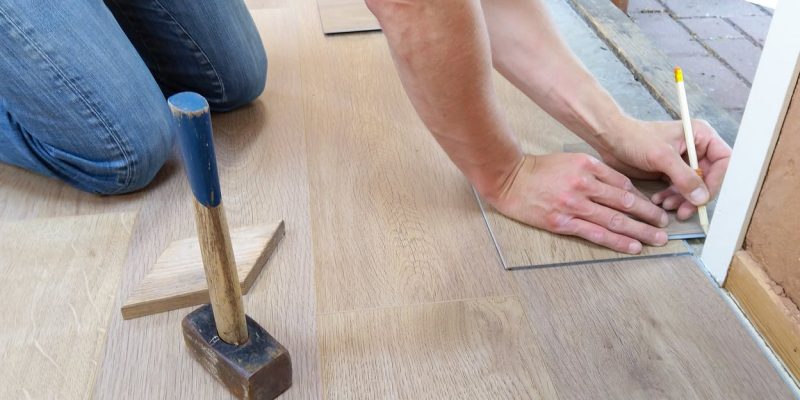
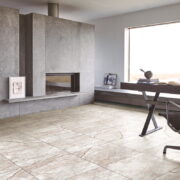
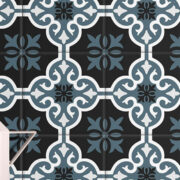
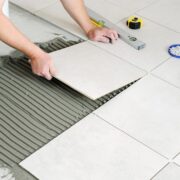
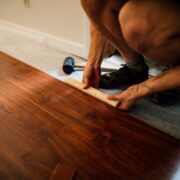
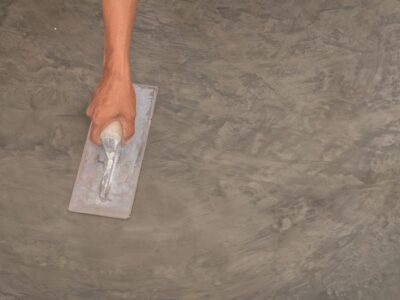
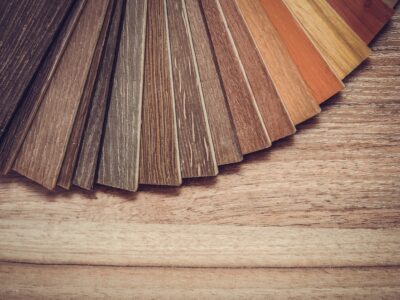
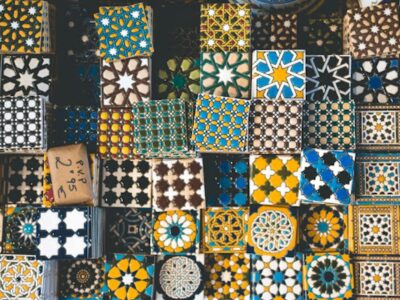
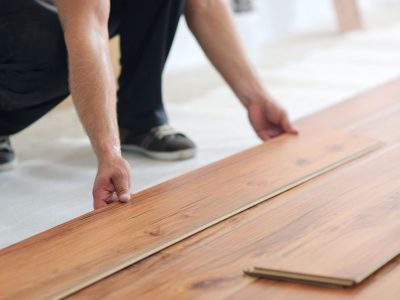
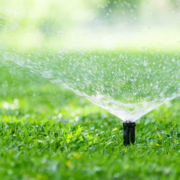



Comments